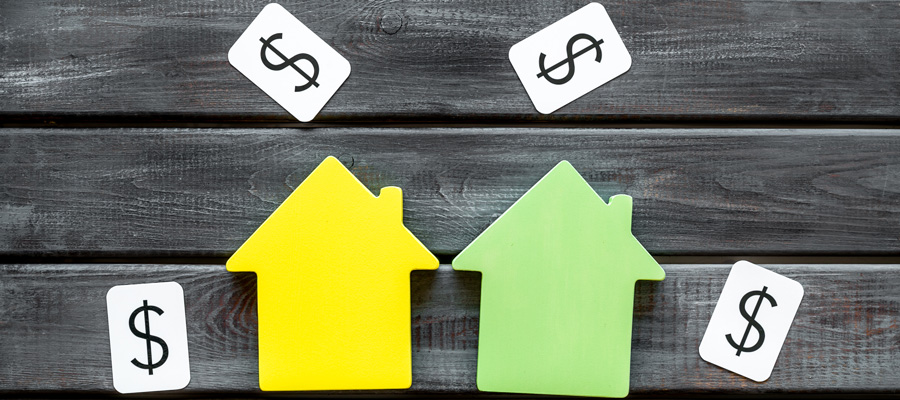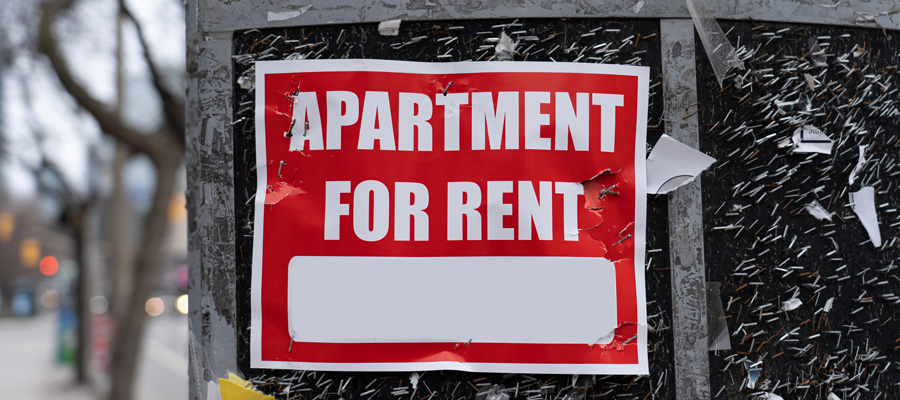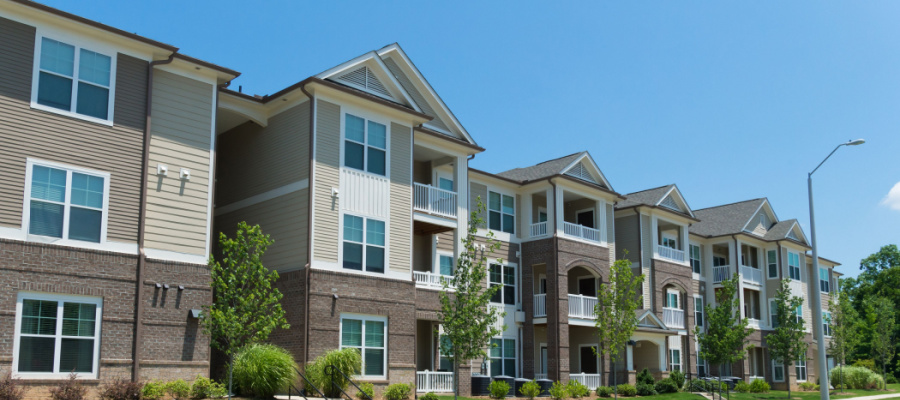BC’s property tax increases: What has been the impact of the 2018 changes?

Four years ago, the 2018 BC Budget introduced a number of new taxes in support of an affordable housing agenda. The taxes, along with new spending measures and renter protections, were part of the government’s Homes for BC 30-point housing plan and included:
- Higher provincial property taxes (Additional School Tax) for homes assessed at more than $3 million.
- New 5% top rate above $3 million for the Property Transfer Tax.
- Increased foreign buyers’ tax (Additional Property Transfer Tax) from 15% to 20%.
- A new Speculation and Vacancy Tax of 2% of assessed value for foreign owners and “satellite families” (who derive most of their income outside of Canada and pay little Canadian income taxes) and 0.5% for Canadians with vacant properties.
These 2018 tax increases have been very popular, with support in the 72 to 75% range. But have they been effective? The short answer is that the new taxes aimed at high-end properties and non-resident or foreign homeowners were largely successful on their own terms, but were too limited in scope to halt the recent real estate frenzy fuelled by low interest rates. From our vantage point in early 2022, with home prices even further out of reach, there is clearly more to be done.
This post reviews the impacts and revenues from each of the new taxes. A separate post looks at the need for more ambition in the BC government’s measures to build new affordable housing. Speculation and Vacancy Tax revenues and some of the increased Property Transfer Tax go into a Housing Priority Initiatives Special Account to be used to fund new affordable housing in the government’s plan.
A closer look at the new taxes
Table 1 summarizes the revenues the new taxes have raised: $1.6 billion in total since 2018/19, up to the current fiscal year. Note that this includes the full value of the foreign buyers’ tax, introduced in August 2016, not just the 2018 onward increase. These taxes are not just a revenue story, of course, as they have been aimed at changing behaviour (reducing the number of foreign buyers or more housing being rented out).
In the context of property taxation in BC overall, the new taxes are quite small compared to all public revenues generated from property-related taxation overall, which totalled $22.9 billion over the same time period. And compared to the $1.9 trillion increase in total property values in British Columbia since 2004, these measures are a veritable drop in the bucket.
Table 1: Property tax revenues ($millions)
| 2018 tax measures | 2018/19 | 2019/20 | 2020/21 | 2021/22 | Total |
| New provincial property tax brackets (Additional School Tax) | — | 192 | 144 | 151 | 487 |
| New top Property Transfer Tax rate | 94 | 55 | 82 | 118 | 349 |
| Increase in foreign buyers’ tax (Additional Property Transfer Tax) | 181 | 132 | 101 | 105 | 519 |
| New Speculation and Vacancy Tax | 88 | 80 | 80 | 248 | |
| Total new tax measures | 275 | 467 | 407 | 454 | 1,603 |
| Total property transfer tax revenue | 1,795 | 1,572 | 2,077 | 3,000 | 8,444 |
| Total BC property tax (School Tax) revenue | 3,446 | 3,460 | 3,183 | 3,553 | 13,642 |
| Total of all property-related revenues | 5,422 | 5,252 | 5,441 | 6,738 | 22,853 |
| New taxes as share of total | 5.1% | 8.9% | 7.5% | 6.7% |
Notes: Additional Property Transfer Tax includes the full value of the tax, introduced in August 2016, not just the 2018 onward increase. Total property tax revenue is a gross amount and includes the almost $900 million spent every year on the Home Owner Grant.
Source: Estimates Notes, Ministry of Finance, May 28, 2021.
New provincial property tax brackets (Additional School Tax)
BC’s provincial property tax is known as the “School Tax,” reflecting its origins in funding the K-12 education system. This is no longer the case today as BC’s property tax goes into general revenues and decisions about school funding are made independently. Total revenue from the School Tax is also much less than the province spends on schools.
The School Tax rate is re-calculated each year so that the dollar amount of tax paid per home typically rises only by the rate of inflation, not the percentage increase in assessed value. If a home went up in value by 20% the increase in School Tax may only be 2% or whatever is the rate of inflation. This is different from Income Tax or Provincial Sales Tax, which have fixed rates so that tax revenues grow with the economy.
The 2018 BC Budget introduced an Additional School Tax for high-end properties, with rates of 0.2% of assessed value between $3 and $4 million, and 0.4% on assessed value over $4 million (starting in 2019). For example, a home assessed at $5 million would pay $2,000 in the first tier and $4,000 in the second for a total property tax increase of $6,000.
In 2021, there were 27,475 properties in BC that paid the Additional School Tax, representing the top 1.4% most highly valued properties in the province, the vast majority of which (84%) are in Metro Vancouver. Ministry of Finance data show that 35% of revenues came from 968 properties worth more than $10 million, paying an average of $778.
Increased top rate for Property Transfer Tax
The Property Transfer Tax (PTT) is paid by the buyer when a property is sold. The PTT was already a progressive tax, with rates of 1% (up to $200,000 value), 2% ($200,000 to $2 million) and 3% (over $2 million). The 2018 budget added a new top rate of 5% on the value above $3 million.
The Ministry of Finance reports that the extra 2% on value above $3 million raised $94 million in 2018/19, fell to $55 million in 2019/20 then jumped to $82 million in 2020/21. The latter increase is notable in light of COVID, which flattened the market for most of that fiscal year. These revenues are in line with the Ministry of Finance’s estimate in early 2018 that the new tier would raise $81 million per year. Total revenue from the School Tax is also much less than the province spends on schools.
The PTT does not appear to be an impediment to real estate purchases in BC as it is very small for the vast majority of transactions. And in the context of double-digit annual increases in property values, it is easily forgotten. While the tax may have shifted some investor behaviour towards lower-priced properties, recently there has been a renewed boom in high-end real estate.
Much higher rates could be applied on such purchases and used more strategically to address other dimensions of home price surges. For example, Singapore has property transfer taxes with different rates aimed at restricting certain types of buying. No tax is paid when buying a first residential property, but the tax is 17% for a second and 25% for third and subsequent properties. In addition, corporate entities must pay 35% tax and foreigners 30%.
Increased foreign buyers’ tax
In August 2016, the previous Liberal BC government stepped in to cool the Metro Vancouver housing market with a 15% foreign buyers’ tax (called the Additional Property Transfer Tax or APTT). The impetus for the tax was a large share of transactions from non-residents in 2016 before the tax was announced. In June and July 2016, just prior to the implementation of the foreign buyer tax in August, foreign purchases were 17% of transactions and 23% of transaction value.
Foreign purchases dropped into the low single digits in the aftermath of the tax to 2.6% of transactions in 2017. The 2018 BC Budget, under a new NDP government, increased the foreign buyers’ tax to 20% and expanded its scope beyond Metro Vancouver to include the Fraser Valley, the Capital and Nanaimo Regional Districts on Vancouver Island and the Central Okanagan Regional District. Since then the share of foreign purchases has fallen further to 2.5% in 2018, 2.0% in 2019 and 1.3% in 2020. In the rest of the province the foreign share fell from 2.4% in 2017 to 1.4% of transactions in 2020. Not all of the drop is necessarily due to the foreign buyers’ tax, with increased scrutiny of capital outflows by Chinese regulators starting in 2017 and COVID shadowing the 2020 numbers.
Up to the end of the 2020/21 fiscal year, the foreign buyers’ tax had raised $759 million (including the portion attributable to the previous government). Despite the higher rate and broader geographic coverage, annual revenues from the tax fell from a high of $230 million in 2017/18 to $101 million in 2020/21. In 2018, the Ministry of Finance estimated that the higher rate would raise an additional $40 million per year. It is hard to tell from the data available how much of the downwards movement in revenues was offset by the higher rate.
Even with the higher rate, it is clear that there are still many foreign buyers willing to buy Vancouver and BC real estate. The foreign buyers’ tax has both significantly reduced foreign purchases while raising revenues for those that do go ahead—a win-win. A broader look at the influence of foreign capital on BC real estate would also need to consider purchases made through proxies, corporations or trusts, as well as linkages to organized crime, money laundering and BC casinos.
Speculation and Vacancy Tax
The Speculation and Vacancy Tax (SVT) was implemented in 2019 with rates of 0.5% of assessed value for Canadian citizens and permanent residents and 2% for foreign owners and satellite families. In the City of Vancouver there is an additional 3% municipal Empty Homes Tax.
The primary intent of the SVT was to create an incentive for empty properties to be put into the rental market. A secondary driver of the SVT was to ensure “satellite families”–where little income tax is paid in Canada due to substantial income earned outside the country–pay a minimum of taxes in BC to contribute to public expenditures on services and infrastructure. Even with the higher rate, it is clear that there are still many foreign buyers willing to buy Vancouver and BC real estate.
There is evidence that the SVT has been successful at getting empty properties into the rental market. CMHC data point to 11,118 condo units added to the rental market in 2019 and another 7,137 in 2020 in Metro Vancouver. About 5,000 of these were conversions of existing condos to rental and the remainder new condos being rented. In 2021, there was a smaller 2,550 increase in rented condos but these were almost all new condos as opposed to conversions. The year 2020 was characterized by diminished demand from students and temporary residents during COVID, so these factors must be considered alongside tax changes.
In terms of reforms of this new tax, it’s unclear why empty properties owned by Canadians should be taxed at a much lower rate than foreign owners. The tax rate could also be raised substantially. And SFU economist Rhys Kesselman notes a key loophole that provides a “tenancy exemption” from the SVT when renting only part of a home, such as a suite or laneway house while keeping the main house empty.
The housing market continues to surge
To the extent that the problem was excessive real estate purchases made by foreign buyers who leave high-end properties sitting empty for speculative purposes, these tax policy changes have helped lower demand while raising revenues that can be used towards a pro-housing agenda. External capital (whether foreign or domestic) driving up prices beyond the reach of locals should continue to be on BC’s radar going forward.
But the current housing market frenzy is more broad-based than foreign owners, and stems more from low interest rates and purchases of investment properties by Canadians driving demand in the context of a chronic housing shortage. This points to the limitations of policy action to date and the need for other tax changes to cool the market and improve fairness in property taxation.
A policy of ultra-low interest rates starting in 2020 was a deliberate response by the Bank of Canada to the COVID pandemic. This has allowed for much larger mortgages and has been accompanied by a surge of investor purchases (including people moving up but not selling their previous home). As of early 2022, increases in assessments have spread far beyond the main urban areas of BC with price growth of 20-40% across the province. The Bank of Canada is likely to continue to raise interest rates during 2022 and 2023, and the financial markets are already pricing in an increase in long-term interest rates. The current housing market frenzy is more broad-based than foreign owners.
Only a small share of the vast revenues from overall property-related taxation are recycled back into housing affordability. Much greater public investment in building dedicated affordable non-market housing, providing public land and enabling lower borrowing costs for non-market operators and developers is needed now more than ever.
This post is supported by a grant from the Vancouver Foundation.
Topics: Housing & homelessness, Provincial budget & finance, Taxes


